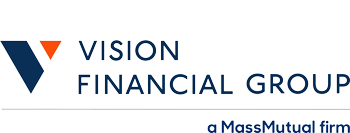What Is a Cash Balance Plan and How Does It Work?
When retirement planning comes up in everyday conversation, most people think about 401(k)s or IRAs. But another option is quietly becoming a favorite for business owners and high-income professionals: the cash balance plan.
At first glance, it might sound technical—but understanding this option can be a game-changer for long-term financial planning. A cash balance plan is a unique type of retirement account that offers much higher contribution limits than a 401(k), along with steady, predictable growth and significant tax advantages.
So how does it work, and why might it matter for you?
Cash Balance Plans: A Hybrid Between Pension and 401(k)
A cash balance plan is classified as a defined benefit plan, similar to a pension. But instead of promising a monthly income in retirement, it shows an account balance that grows each year. It also offers the structure and guaranteed returns of a pension with some of the flexibility seen in 401(k)-style plans.
Employers make all the contributions and control how the money is invested. Employees receive what’s called a “pay credit” (usually a percentage of salary or a flat dollar amount) and an “interest credit” (a guaranteed rate of return, often around 4%).
Learn more from the IRS on Cash Balance Plans
Why Contribution Limits Matter
One of the most attractive features of cash balance plans is the ability to contribute far more than what’s allowed in a 401(k). In 2025, for example:
- Someone age 50 can receive up to $207,000 in contributions
- At age 60, that can go up to $341,000
- Over time, these plans can accumulate up to $3.6 million
This makes them especially valuable for professionals who are behind on retirement savings or looking for large tax deductions.
Contribution limits via the American Society of Pension Professionals & Actuaries (ASPPA)
Getting Money Out—And What Happens Next
When you retire, leave your job, or if the plan is terminated, your account balance is available for distribution. Most people roll it into an IRA, allowing the funds to keep growing tax-deferred. You’ll pay taxes only on the amounts withdrawn in retirement.
In the event of a participant’s death, federal law designates a spouse as the default beneficiary, unless another is chosen with spousal consent.
Learn about rollover options from FINRA
Behind the Scenes: How It’s Managed
Cash balance plan assets are pooled in a trust and managed either by the employer or a professional advisor. Employees don’t choose their investments. The plan guarantees a fixed rate of return, which smooths out market fluctuations and simplifies planning.
If investments do well, it lowers future employer costs. If they underperform, the employer must cover the shortfall. This is why many employers pair a cash balance plan with a 401(k) for added flexibility.
What About Employers?
These plans aren’t just for employees—they offer major benefits to employers, too. Employers can:
- Set different contribution levels for different employee groups
- Use cash balance plans alongside 401(k)s to pass IRS nondiscrimination tests
- Pause or adjust contributions in lean years, provided changes are made early in the plan year
Employer contributions are tax-deductible and must fall within a range calculated annually by an actuary. Businesses can even contribute up to the tax filing deadline (including extensions).
Vesting, Turnover, and Tax Strategy
Employees typically become fully vested after three years. If they leave sooner, any unvested amount is forfeited and stays in the plan.
Employers also have the option to overfund the plan—up to 150% of earned benefits—which can be useful in high-revenue years for maximizing deductions and building reserves.
Better Together: Cash Balance + 401(k)
The most effective strategy? Pairing a cash balance plan with a 401(k) and profit-sharing plan. This allows:
- Even higher retirement contributions
- Greater flexibility for owners and employees
- Custom plan design while meeting IRS requirements
401(k) rules from the Department of Labor
Why It Matters
Cash balance plans might not be top of mind, but their benefits can ripple through both personal and business finances. From tax planning to long-term savings, these plans are a valuable tool for those with high earnings or unpredictable income patterns.
Understanding how a cash balance plan fits into the broader retirement landscape can help business owners and professionals make smarter, more strategic financial decisions.
Whether you’re running a practice, managing a business, or simply planning for the future—this type of retirement plan may be worth a closer look.
Need help evaluating if a cash balance plan fits your goals? Contact our office today for a personalized consultation.
Written by Bryan Bonisteel
CRN202807-9051666


